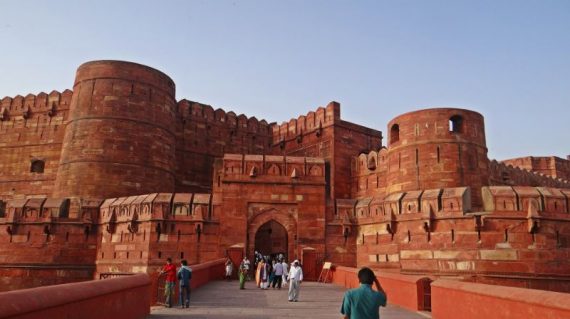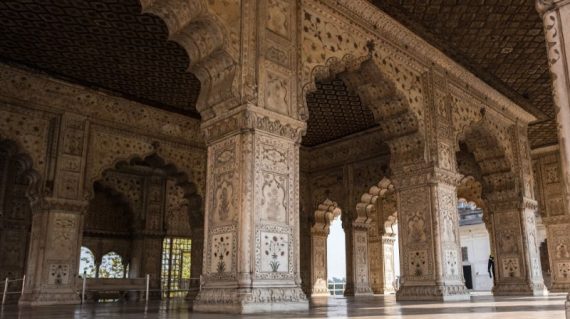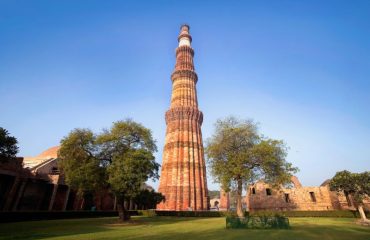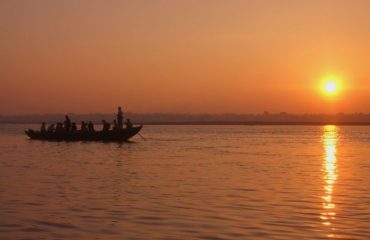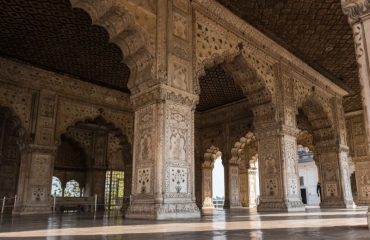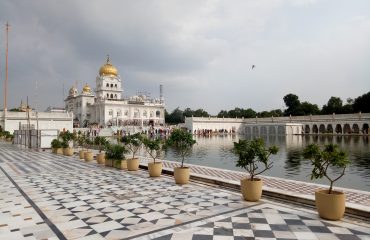
Duration: 7 Days
Indian Adventure
On this tour you will travel the famous route of The Golden Triangle. Starting in Delhi you will visit Jaipur, Agra and Varanasi before returning to Delhi. The tour encompasses some of the most famous landmarks in India and extends to Varanasi where Buddha chose to deliver his first sermon.
All our tours are customisable, get in touch to discuss your specific requirements
All about the Indian Adventure.
The Edventure Travel Package
All Edventure Travel trips and tours can be customised to your personal requirements, this sample tour is designed to give you inspiration for your own trip. When you are ready to start planning, get in touch and we can design a bespoke package tour for your group. We will always make clear what is included and excluded in your quotation.
Fully Protected
Your trip will be fully protected through our membership of the ABTOT and ABTA. Furthermore, Edventure Travel has its own ATOL licence ensuring that you have complete protection when taking a flight. Edventure Travel offers travel insurance that can be included in your trip to give you protection in the event of unforeseen circumstances.
Customised for you
All tours are 100% customised to suit your group. We believe that every group should be treated individually, it’s your tour after all. If you want to add something that is not featured on our website just let us know and we will work with you to develop an itinerary to meet your needs.
Out of Hours Contact
In the unlikely event that you encounter problems whilst on tour, there will always be someone at the end of the phone to assist with any situation.
Travel Advice
For the latest travel advice from the Foreign & Commonwealth Office including security and local laws, plus passport and visa information, click here. Foreign Travel Advice www.gov.uk/foreign-travel-advice
You should seek advise on recommended vaccinations and precautions from a health professional – either a GP, a practice nurse, a pharmacist or a travel health clinic – ideally at least eight weeks before departure. Further travel health advice can be found on the following link. Travel Health Pro Website https://travelhealthpro.org.uk/countries
The tour package inclusions and exclusions at a glance
What is included in this tour?Items that are included in the cost of tour price.
- Return Flights
- All travel when at your destination
- Accommodation based on bed and breakfast with students in multi-bedded rooms
- Teachers free of charge sharing twin rooms
- Full Time Tour Director
- All meals mentioned in the itinerary
- All activities mentioned in the itinerary unless otherwise stated
- Travel Insurance
What is not included in this tour?Items that are not included in the cost of tour price.
- Single Room Supplements
- Personal Expenditure
- Overseas departure taxes if applicable
- Tips for guides and drivers
- UK Coach Transfers
- Activities not mentioned
- Meals not mentioned
- Luggage in the hold of the aircraft
All our accommodation is provided through tried and tested suppliers that work well with different types of groups, including schools, colleges and social groups. We work with our agents in each country to provide the best accommodation suited to your group. This can depend on the time of year that you travel, your group size and type, the cities that you will travel to, accessibility and price. We will always discuss with you what your preferences are and give examples of the accommodation that we can offer.

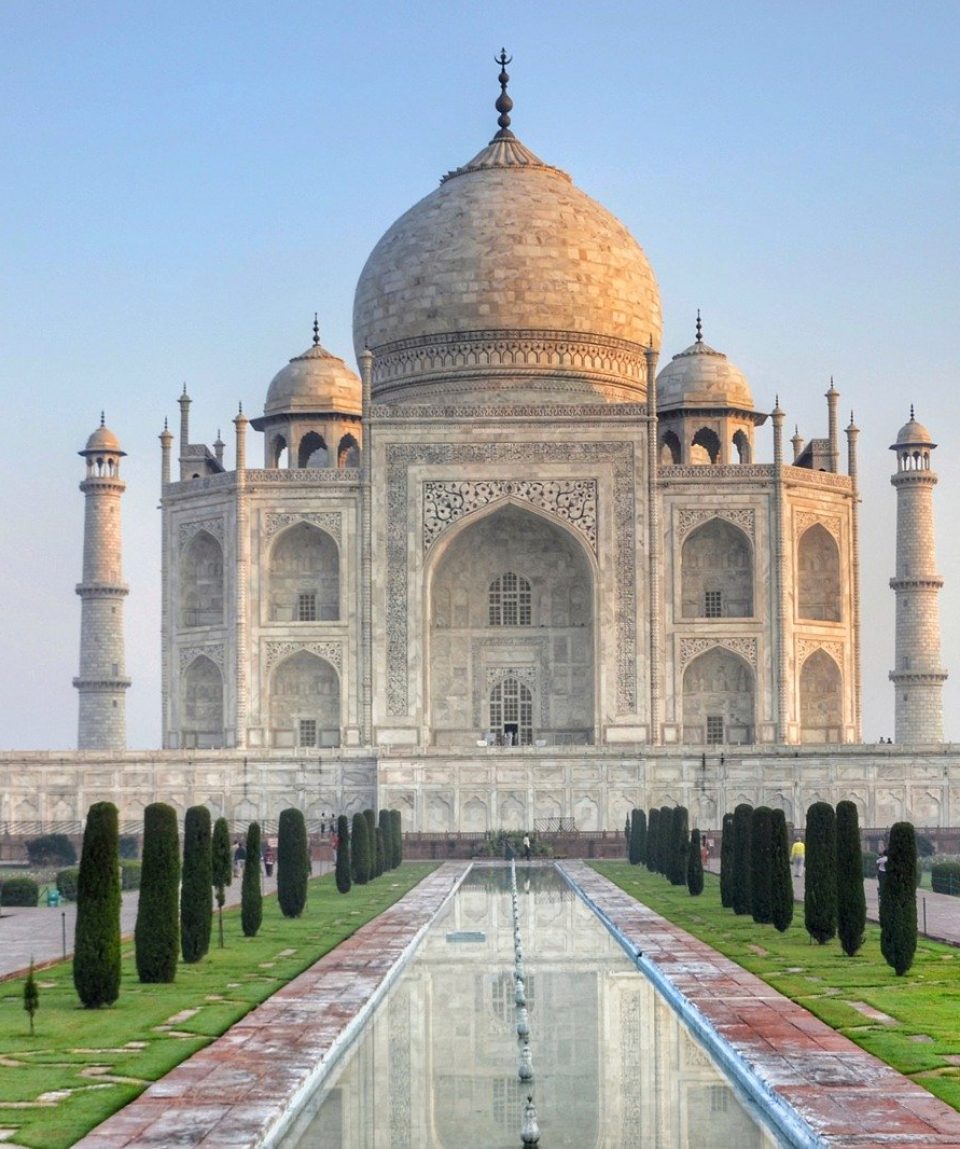
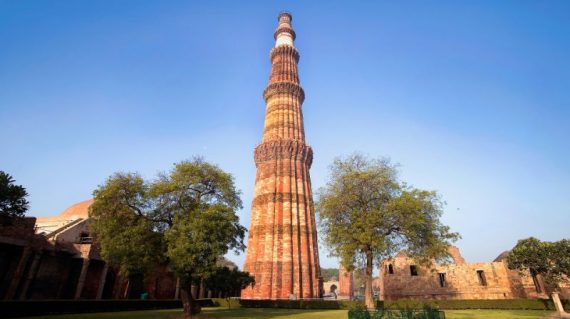
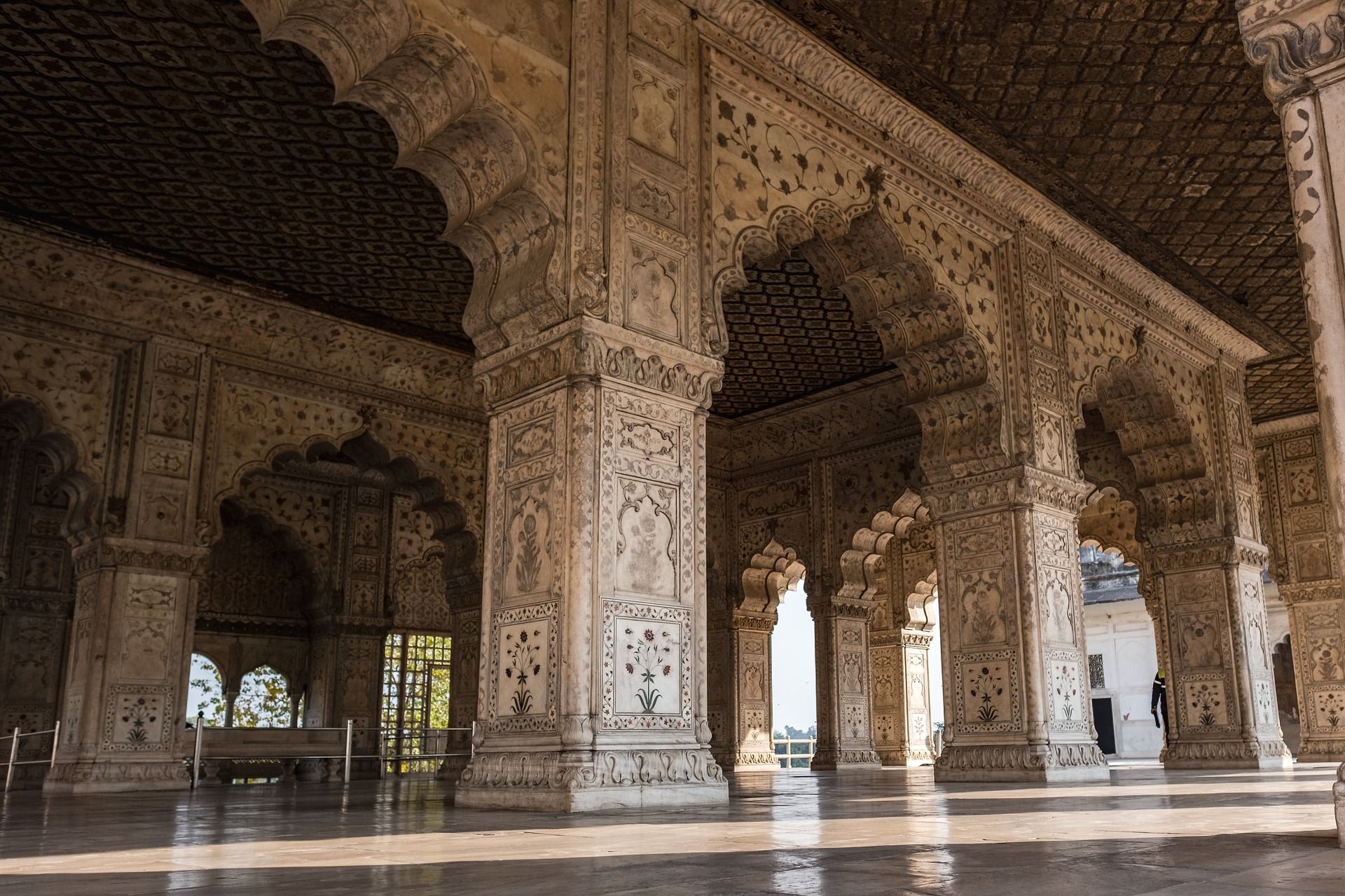 New Delhi is India’s Capital City and is home to several historic sites and museums including the Gandhi Memorial Museum. Your students can visit the
New Delhi is India’s Capital City and is home to several historic sites and museums including the Gandhi Memorial Museum. Your students can visit the  The Old Delhi was walled city founded in 1639 when the Mughal emperor decided to move the capital from Agra and it remained the capital of the
The Old Delhi was walled city founded in 1639 when the Mughal emperor decided to move the capital from Agra and it remained the capital of the 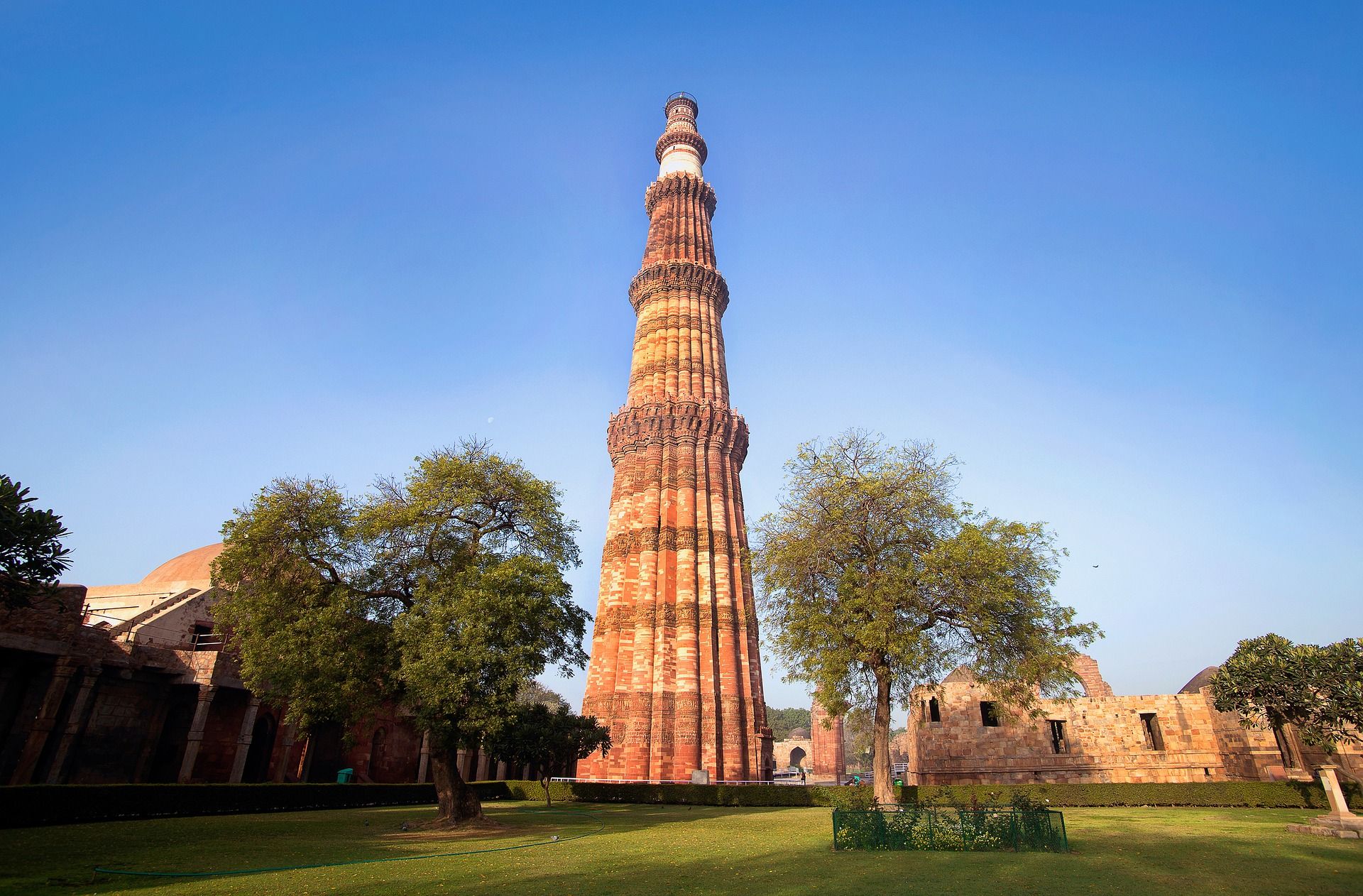 The Qutub Minar is a minaret that forms part of the Qutub complex which is surrounded by several historically significant monuments in the Mehrauli area of Delhi. The Qutub Minar is a 73-metre tall tapering tower of five storeys which contains a spiral staircase of 379 steps. At the foot of the tower is the Quwat ul Islam
The Qutub Minar is a minaret that forms part of the Qutub complex which is surrounded by several historically significant monuments in the Mehrauli area of Delhi. The Qutub Minar is a 73-metre tall tapering tower of five storeys which contains a spiral staircase of 379 steps. At the foot of the tower is the Quwat ul Islam 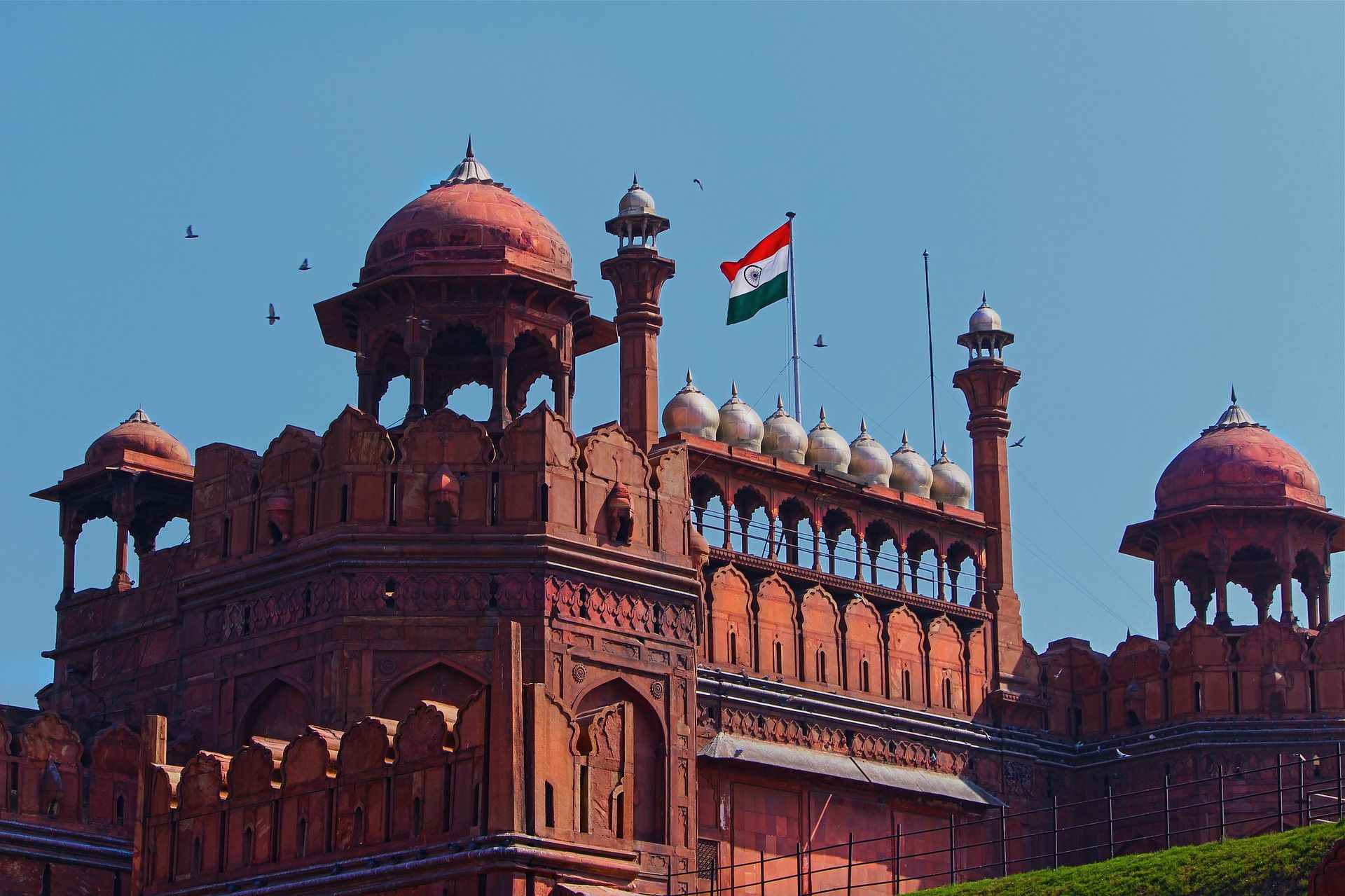 This is one of the most magnificent palaces in the world and is located in the centre of Dehli. This famous Red Fort is made of red
This is one of the most magnificent palaces in the world and is located in the centre of Dehli. This famous Red Fort is made of red  Visit this amazing monument with Edventure Travel and discover that the Taj Mahal was built in the memory of a
Visit this amazing monument with Edventure Travel and discover that the Taj Mahal was built in the memory of a 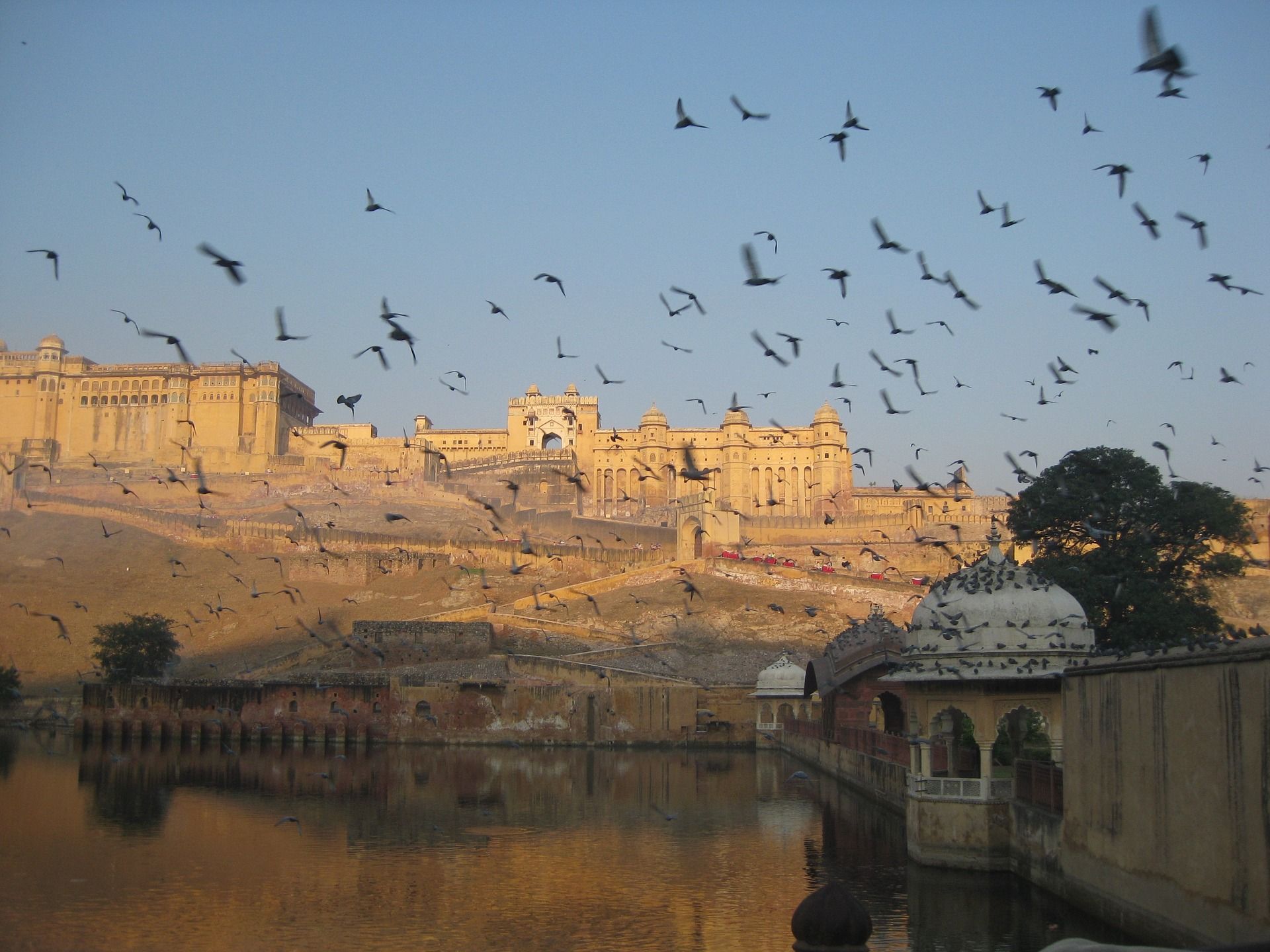 Amer Fort is constructed of red
Amer Fort is constructed of red 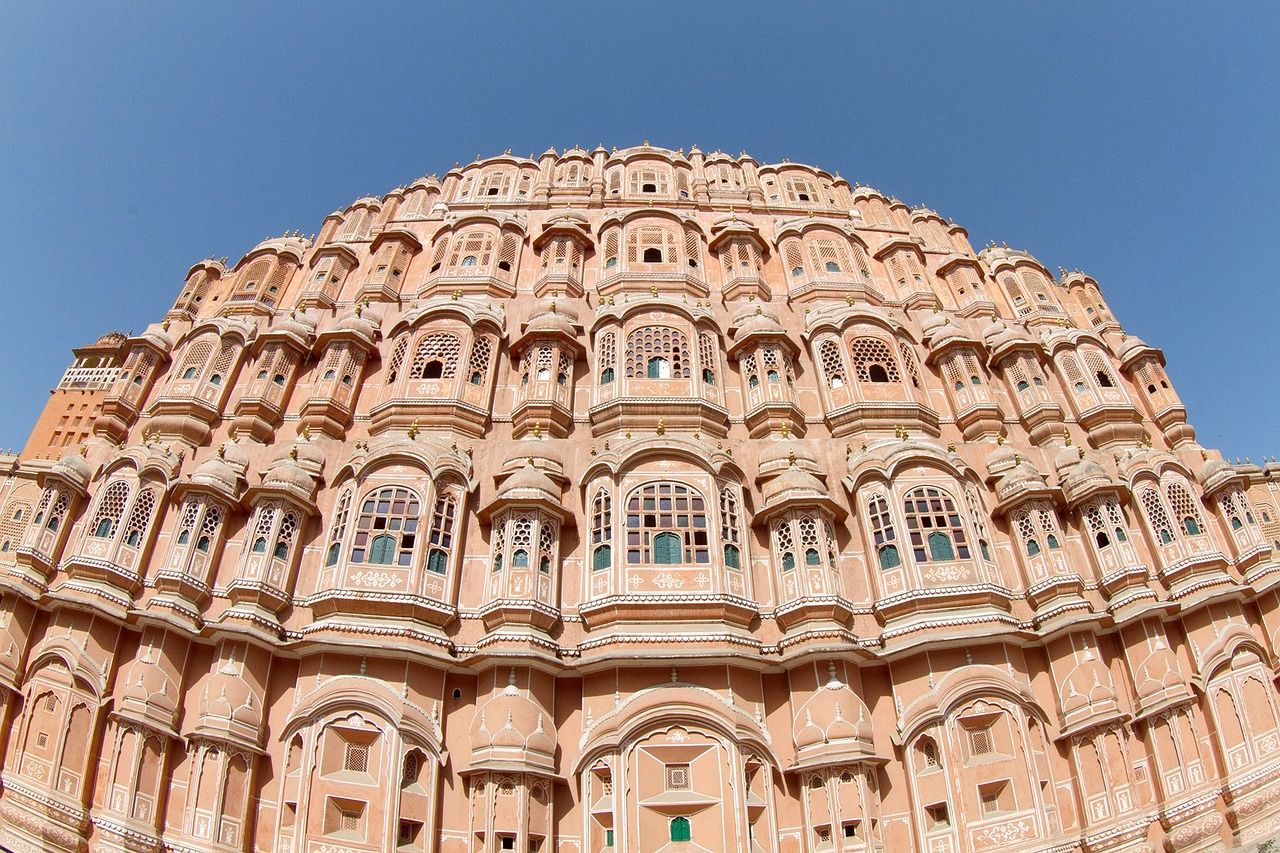 The City Palace is a unique and interesting complex which is still the residence of the Jaipur royal family. It now houses the Maharaja Sawai Man Singh II Museum and has several palaces, courtyards, gardens and temples that your group can visit. The palace complex has several buildings, various courtyards, galleries, restaurants, and offices of the Museum Trust.
The City Palace is a unique and interesting complex which is still the residence of the Jaipur royal family. It now houses the Maharaja Sawai Man Singh II Museum and has several palaces, courtyards, gardens and temples that your group can visit. The palace complex has several buildings, various courtyards, galleries, restaurants, and offices of the Museum Trust. 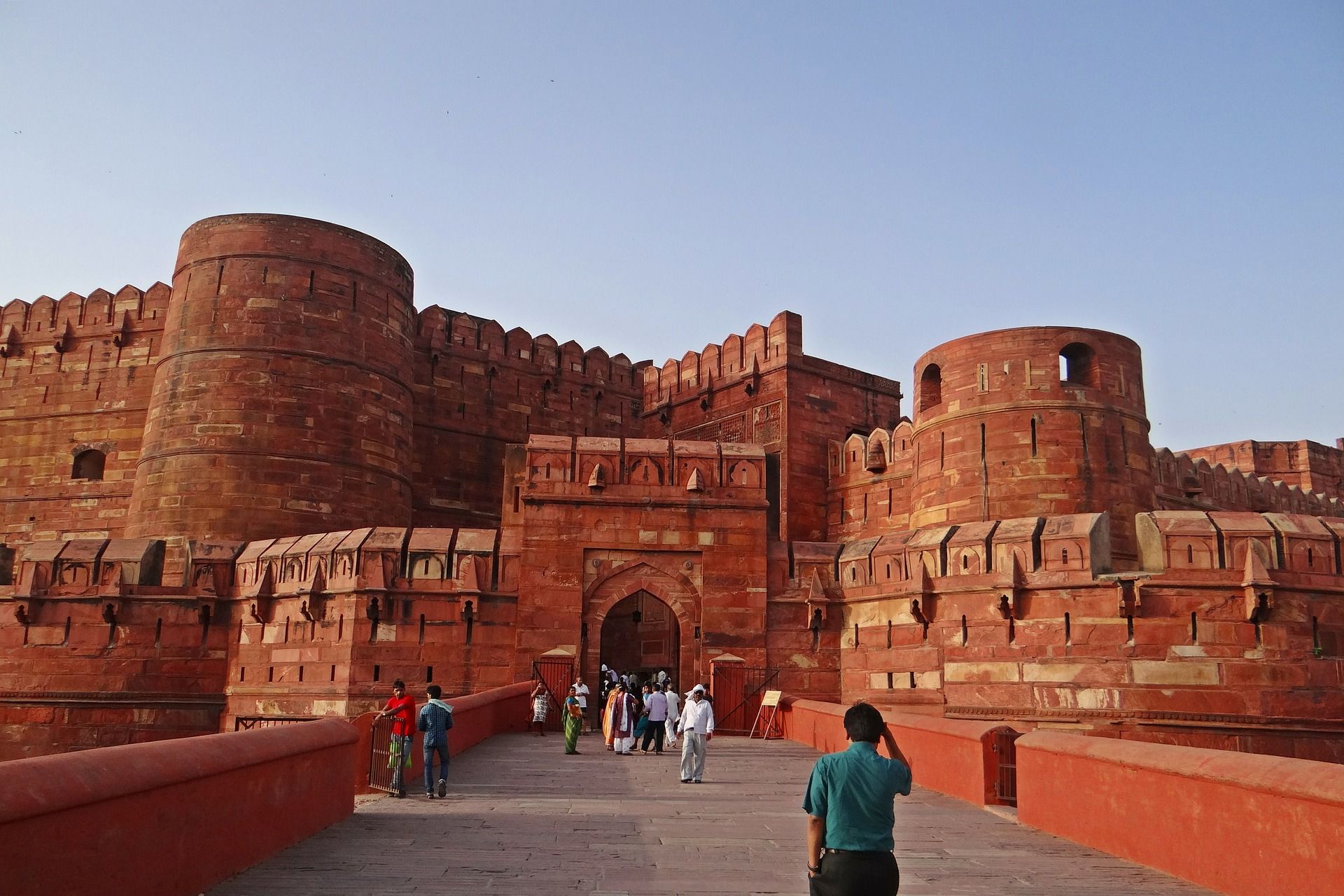 Agra Fort is the sister monument to the famous
Agra Fort is the sister monument to the famous  Bangla Sahib is one of the most prominent houses of worship in
Bangla Sahib is one of the most prominent houses of worship in 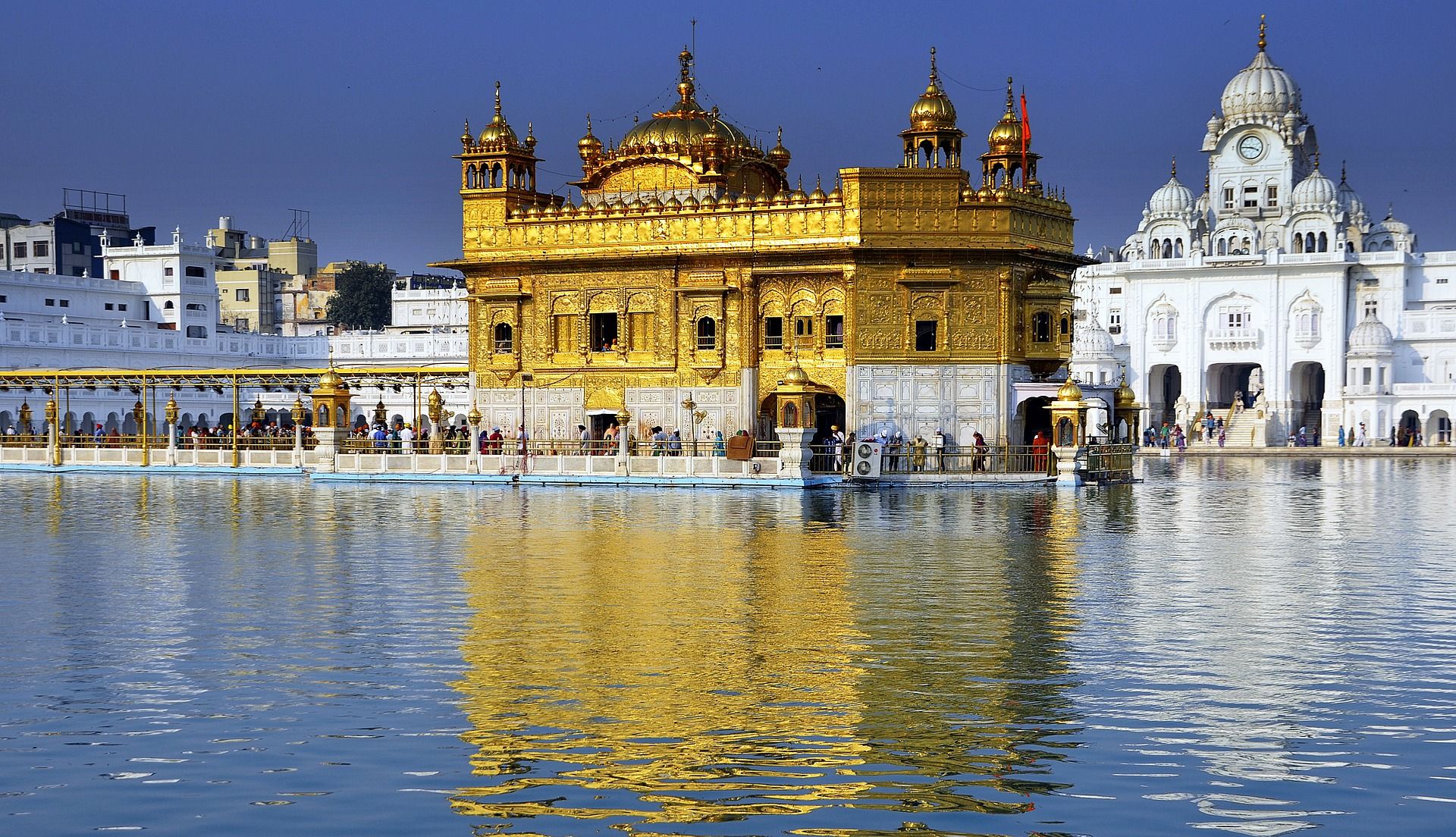 Visit the amazing mythical Golden Temple which is a small part of the huge gurdwara complex. The tank, which surrounds the central shrine, is the focus of this complex and is ringed by a marble walkway. The tank is alleged to have healing powers, and pilgrims come from across the world to bathe in its sacred waters. The Golden Temple itself is an elegant marble lower level bejewelled with flower and animal motifs as seen on the Taj Mahal. The shimmering second level is covered in intricately engraved gold panels and topped by a dome covered with 750kg of gold. Priests and musicians keep up a continuous chant from the Guru Granth Sahib (the Sikh holy book), in the gleaming inner sanctum, adding to the intense atmosphere.
Visit the amazing mythical Golden Temple which is a small part of the huge gurdwara complex. The tank, which surrounds the central shrine, is the focus of this complex and is ringed by a marble walkway. The tank is alleged to have healing powers, and pilgrims come from across the world to bathe in its sacred waters. The Golden Temple itself is an elegant marble lower level bejewelled with flower and animal motifs as seen on the Taj Mahal. The shimmering second level is covered in intricately engraved gold panels and topped by a dome covered with 750kg of gold. Priests and musicians keep up a continuous chant from the Guru Granth Sahib (the Sikh holy book), in the gleaming inner sanctum, adding to the intense atmosphere. 